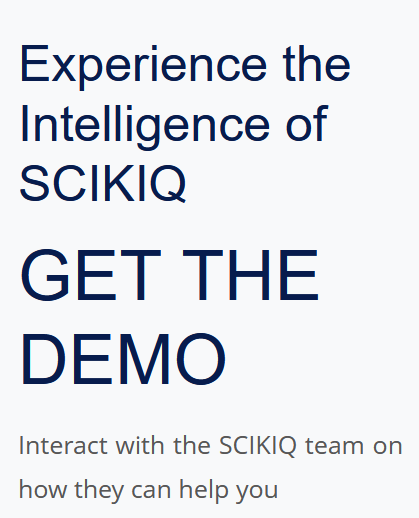Enhanced Customer Support with
LLM-Powered Chatbot Responses
The integration of ChatGPT into platforms like Myntra or Expedia can introduce challenges in controlling user intent. For instance, users may unexpectedly engage the chatbot in discussions about unrelated topics such as politics or suicides, posing difficulties in maintaining the intended purpose of the chatbot.
This post explores the utilization of LLM models to automate and enhance chatbot responses, ensuring accuracy, personalization, and contextual relevance for an enhanced customer support experience.
Here's the complete step-by-step guide for automating and enhancing customer support chatbot responses using LLM models:
Step 1: Output Generation from LLM Model (e.g., GPT-3):
Utilize a language model like GPT-3 to generate responses to customer queries in a customer support chatbot. These models have been trained on vast amounts of data and can understand and produce human-like text, ensuring relevant and informative responses.
Step 2: Preprocessing and Refinement using an LLM Named Entity Recognition (NER) Model:
Utilize an LLM NER model, such as SpaCy or Stanford NER, to automatically identify and extract named entities from the generated response. Preprocess the output text by tokenizing it into individual words or phrases. Apply the NER model to identify named entities like organizations, locations, or specific phrases within the text. Extract the relevant entities based on their labels or entity types.
Step 3: Intent Recognition using an LLM Intent Recognition Model (IRM):
Utilize an LLM Intent Recognition Model, such as BERT or FastText, to understand the intent behind the customer query. Preprocess the extracted intent and the generated response by encoding them into a suitable format for the Intent Recognition Model. Apply the Intent Recognition Model to classify the intent of the customer query.
Based on the predicted intent, enhance the generated response using specific rules or logic.
Step 4: Response Enhancement and Personalization:
Modify or enhance the generated response based on the predicted intent. Add relevant details, recommendations, or personalized elements to the response. Consider any additional contextual information or user-specific data to tailor the response further.
Step 5: Final Response Generation and Delivery:
Combine the enhanced response with any additional elements or context. Deliver the final response to the customer through the chatbot or customer support system. Ensure the response aligns with the intent and provides relevant and accurate information.
The combination of LLMs for response generation, NER models for entity extraction, IRMs for intent recognition, and response enhancement techniques leads to accurate, personalized, and contextually relevant customer interactions.
This post explores the utilization of LLM models to automate and enhance chatbot responses, ensuring accuracy, personalization, and contextual relevance for an enhanced customer support experience.
Here's the complete step-by-step guide for automating and enhancing customer support chatbot responses using LLM models:
Step 1: Output Generation from LLM Model (e.g., GPT-3):
Utilize a language model like GPT-3 to generate responses to customer queries in a customer support chatbot. These models have been trained on vast amounts of data and can understand and produce human-like text, ensuring relevant and informative responses.
Step 2: Preprocessing and Refinement using an LLM Named Entity Recognition (NER) Model:
Utilize an LLM NER model, such as SpaCy or Stanford NER, to automatically identify and extract named entities from the generated response. Preprocess the output text by tokenizing it into individual words or phrases. Apply the NER model to identify named entities like organizations, locations, or specific phrases within the text. Extract the relevant entities based on their labels or entity types.
Step 3: Intent Recognition using an LLM Intent Recognition Model (IRM):
Utilize an LLM Intent Recognition Model, such as BERT or FastText, to understand the intent behind the customer query. Preprocess the extracted intent and the generated response by encoding them into a suitable format for the Intent Recognition Model. Apply the Intent Recognition Model to classify the intent of the customer query.
Based on the predicted intent, enhance the generated response using specific rules or logic.
Step 4: Response Enhancement and Personalization:
Modify or enhance the generated response based on the predicted intent. Add relevant details, recommendations, or personalized elements to the response. Consider any additional contextual information or user-specific data to tailor the response further.
Step 5: Final Response Generation and Delivery:
Combine the enhanced response with any additional elements or context. Deliver the final response to the customer through the chatbot or customer support system. Ensure the response aligns with the intent and provides relevant and accurate information.
The combination of LLMs for response generation, NER models for entity extraction, IRMs for intent recognition, and response enhancement techniques leads to accurate, personalized, and contextually relevant customer interactions.
